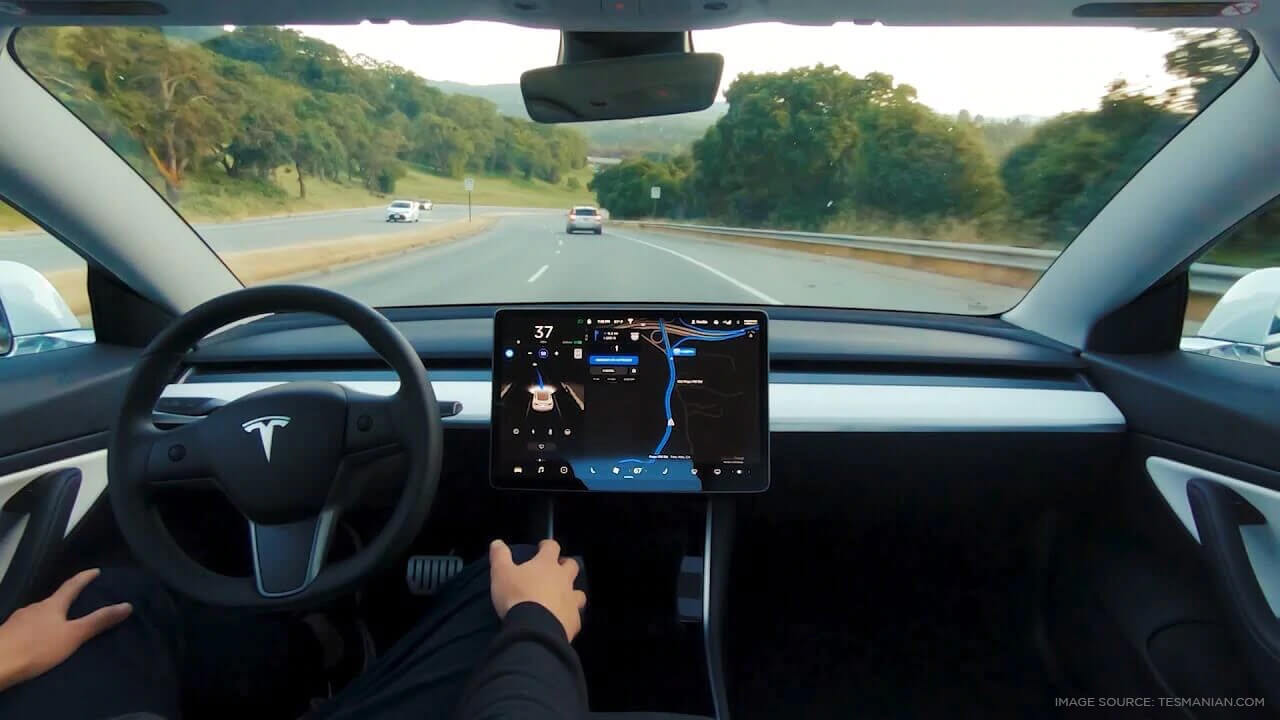Tesla! The model itself resonates as a statement piece that many of us follow in the industry. Without much thought to it, I can say that the irresistible desire to either own or drive a Tesla in today’s world has become a common goal.
Just as so, many businesses nowadays have set common business KPIs to succeed. KPIs can differ from business to business, however, there are 3 main Business performance indicators that business owners focus on, this includes Employee and Customer Engagement, Satisfaction and Turnover.
To be clear, there are many Business KPI examples that owners use according to their objectives, but for the time being, let me jump straight into what I’m here for.
The Tesla model has seductively captured many eyes in the industries, with its many fascinating features, I began to think about how we can take some lessons from those features to successfully navigate our business KPIs.
Have you driven a Tesla? Let me rephrase the question here, Have you driven it using the Autopilot mode?

- Adaptive Cruise Control
The Tesla has a feature that detects a car in front and allows the vehicle to slow down matching the car’s speed with a selected time-based distance, and when it sees a speed sign it automatically adjusts to the new speed limit.
- Automatic Emergency Braking
This feature is designed to reduce the severity of impact and avoid crashes if a car breaks in front of you.
- Lane Control

The Lane Assist or Lane Control allows the vehicle to follow the lane and monitor the surrounding areas for vehicles, objects or bumps including the corners.
- Auto Adjusting
Tesla’s innovative AI features with high beams and many other cool features.
The best features of a Tesla Model can be a great comparison with Business KPIs, but It’s the lane control that I want to talk about today.
What captured my thoughts about the Tesla Lane Control feature is the ability of the vehicle to drive within the lane and detect any obstacles and auto-adjust its movements to stay in line. Rather than simply sending a message to the driver, the car continuously monitors the line-markings, and the positions of the vehicle to ensure that it remains in the middle of the lane at all times.
If there is a bend in the road then the vehicle senses the movement of the vehicle within the lane and turns to stay in the lane.
This feature can be considered when we are setting business performance indicators.
The main takeaway with the Tesla feature we can understand is the need to maintain lanes when following business KPIs. We need to decide the upper and/ or lower limit for each key performance indicator (KPI) in our business. I can give you a great example to start with- Budgeting. As long as we stick to the budget we are safe to continue the journey, however, if we take a different course and exceed the set budget, then there are high chances that the business will be in trouble.
This is why setting the lane to the KPIs will help the business drive safe even when it is autopiloting. This way when we start to measure these KPIs and when we notice that they are approaching one of these limits we can make a small course correction – if we don’t the business will crash like a car that has lost the location of the lane.
I combine this with lessons from the book “ The One Thing; The surprisingly simple truth behind extraordinary results” by Gary Keller and Jay Papasan

What is the one thing that I can do such that by doing it everything else will be easier or unnecessary?
What is the one KPI that I can track that by doing so makes every other KPI less important or unnecessary?
Marketing- Lead Generation as a Business KPI
Let’s take a look into marketing, are you focusing on many KPIs or one that will effectively show results in the business. If you focus on increasing the lead generation then it could be through various forms, Here are some examples:
- New leads calling your business
- Social media posts reach each week
- Website traffic

Sales – Converting the Leads to a Sale
What is it that you are trying to achieve through the marketing KPIs? Here are some examples to better understand setting business KPIs:
- Number of quotes sent
- Value of work quoted
- Conversion rate
- Value of quotes approved by the client

Delivery - Delivering on the Promise Made During the Marketing and Sales Process.
Here are some examples:
- Revenue invoiced
- Dollars collected
- Hours charged against jobs
In reality, every business can just have three KPIs that the business can follow to see results. By setting business performance indicators you can determine whether it is working well for your business or not.
However, Business Owners must keep in mind that they cannot entirely fulfil all the KPIs while handling other important aspects of the business. As I mentioned in my previous article Hoping is Not a Strategy for Selling- Do you Sell or Just Hope? Business owners can use alternative strategies that involve SMART goals that will help increase sales in the business along with fulfilling important KPIs.

The options are limitless and the right ones for your business will be unique to you. The most important part about setting these KPIs is how well you are going to track them. Are you going to stick to the lane or not?
So what are your 3 main Business KPIs?
Hot off the press!

With our cutting-edge technology and in-depth knowledge of how the Field Service Management sector operates, the i4TGlobal Team loves to share industry insights to help streamline your business processes and generate new leads. We are driven by innovation and are passionate about delivering solutions that are transparent, compliant, efficient and safe for all stakeholders and across all touch points.




